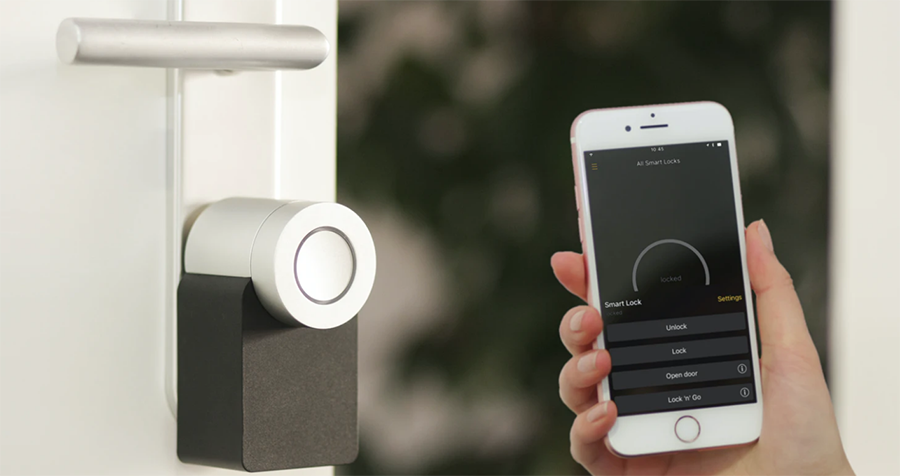The global pandemic is still in appearance, so is the demand for remote work. Over the course of the last few months, businesses across the globe have left their comfort zones and fully adopted remote operation. They deserve the credit for finding the right way to stable businesses; the sense of togetherness has spirited and united departments and their employees during this tough time. So, how do you motivate remote employees to ensure they don’t get burnt out?
The 2020 State of Remote Work survey by Buffer found some astonishing numbers on remote work. 98% of the respondents showed interest to work from home for at least some part of the office time. 19% of those even wanted to participate in remote work more often because of the obvious advantages like the ability to work from anywhere or having the opportunity to spend more time with families.
These statistics may give you hints that most of the employees are happy with the ease of quarantine regulations. This, however, is not always the case. For introverts, turning the extra room into a workstation has definitely been a blessing. Extroverts, on the other hand, may rely on constant interaction with colleagues and classic workplace environments for the peace of mind, which they lack in the remote place.
Executives and managers are always looking for new techniques to help make remote work easier across the board. If you are wondering how to monitor and motivate remote employees, then try the tactics below and survive the current storm.
Communicate and update business expectations
For the regular office workers, remote work is new and they will need proper guidelines for the smooth transition. This is important, as they need to know how often they should communicate with supervisors, or what kind of technical issues they should discuss with the IT team without the fear of looking foolish. Moving to a remote employees model means you need to take extra steps to properly integrate the model for maximum success.
As a part of comprehensive team guidelines, create a list of expectations. Make sure every employee has real-time access to this document and notify them of every update on it. For example, you may have asked your employees to start working from 8.30, while finding them to be more productive an hour later. In those cases, you can always update the rules and alarm them on the newest one.
Set the parameters for remote work
Employees have the right to live a healthy life by balancing the time spent with the family and at work. With the global pandemic removing the home-office barrier, employees are now practically working around the clock- which is a major issue that can cause mental exhaustion.
As an employer, you may appreciate getting an immediate response from your remote members by knocking at midnight. Nevertheless, it is your utter responsibility to keep things within human limits. As the Harvard Business Review suggests, leaders must clarify what it means by “high performance” in remote work conditions and ask employees to relax. Everyone is facing an urge of pressure, but sacrificing their mental and psychological well-being to match targets will not help in the engagement.
Find employee morals with surveys
Instead of depending on your guessing games, issue surveys from week to week to find your employees’ comfort with remote work. It can be simple- a simple Likert Scale of 1-10 would be efficient. It will help evaluate your employees’ mood and you can conclude whether their performance has improved, declined, or held steady during this tough time.
You can do this part without paying hefty money for survey tools. Google Forms provides a great platform for conducting basic surveys. Your survey topics could be versatile, like employees’ ratings on the remote work experience, self-judged productivity level, etc. You will get a surface level of understanding of where your employees are standing after doing a couple of surveys.
Discover and implement new techs together
In an office setting, both you and your team have vastly utilized technologies for daily tasks. But truth be told, most people capitalize on tech at a limited level. With the adaption of remote work, you can now explore more options for optimized team performance and effective results.
Take into account the remote employee monitoring software, for example. It makes your work as a remote team leader easier than ever. You can keep records of employee work hours with this tool, and analyze their performance by checking productivity and idle times. Employees can also use this data to create a better work schedule.
What’s more, you can keep your remote team engaged to work with this tool. This is possible as it sends periodic pop-ups to the computers. You can also detect performance degradation and malpractice as it keeps a tab on running applications and web usage. It is a great tool to ensure performance and job engagement, so try this for your firm as well.
We have been facing loops for the last few months and it has thrown many companies to the dust. So instead of waiting for “things cooling down”, take approaches for heading up your remote team. Take wise decisions on morale, engagement, and innovations. As the leader of your remote team, view the global pandemic phase as a chance to learn and differentiate business set up and secure future success.











